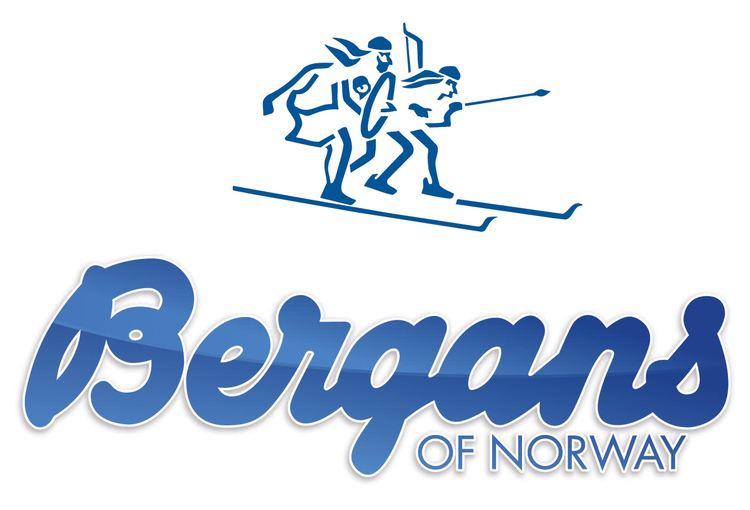Website bergans.com Founder Ole F. Bergan | Founded 1908 | |
 | ||
Products Clothing and sports gear Profiles | ||
Bergans is a Norwegian brand that develops and manufactures backpacks, tents, sleeping bags, canoes, hiking equipment and technical clothing.
Contents
Bergans helium backpack
History
Ole F. Bergan (b. 1876 - d. 1956) invented a backpack with an external frame in 1908. It was during a hunting trip in the Skrim mountains that the idea was conceived. Bergan bent a twig and shaped it to create proper fit and support for the back. Later, he evolved the design and replaced wood with lightweight steel and straps. Ole F. Bergan (bicycle repairer/manufacturer in Tønsberg) made a series of inventions and took 45 patents. Among them include the first step in/step out ski bindings, electric harpoon for whaling, and a combustion engine.
Christiania merchant Sverre Young saw the potential of Bergan's invention. He bought the patent for NOK1500. Sverre An active product developer and sought, Sverre Young later created probably the world's first mountaineering backpack.
In 1913, the Norwegian Armed Forces bought Bergans backpacks. Explorers like Roald Amundsen, Lincoln Ellsworth and General Bruce from Mount Everest expeditions, used Bergans backpacks. This led to Bergans becoming world famous. Bergans backpacks participated in several World Exhibitions and won many awards. Bergans' design was originally patented in 22 countries and Bergans exported their backpacks to most countries in the world. In the mid-20th century the patent expired, and, with it, so did the most important protection. From that point on, anyone could copy and make backpacks with external support, and the international competition, including that from low-cost countries, became stronger.
The 1980s were a turbulent time for Bergans. In 1986, the factory burned to the ground. Goods and materials for 20 million units were lost, as well as patterns of all production. Bergans had to go out in the sporting goods shops to buy back their own products, in order to recreate the lost patterns. Bergans was basically gone from the market for over a year and the competition took great market share. Bergans was under insured and in a hopeless economic situation.
The plant was quickly rebuilt, and a year later moved Bergans into one of the most modern textile factories, implementing electronic control of the chains, and semiautomated and computer-controlled cutting tables. However, it was not possible to achieve profitable operations, and the factory in Nord-Odal, with its 100 employees, was closed in 1990. Production was moved to Asia, and the reconstruction started again.
Bergans was back where it all started with the development of an entirely new grid. It was named QSS and was a success. Gradually expanding its product range, in 1996 Bergans went from being primarily a supplier of bags and equipment, to also producing technical clothing.
Bergans is now in a very productive phase, and has a wide range of bags and clothing. In 2001, they evolved their designs even further, moving away from unisex sizes and launching their own models for women and children. The company also moved to larger premises in Hokksund, and became a sponsor for 71 Degrees North. Bergans has grown from NOK 8.6 million in revenue in 1991 to NOK 530 million in 2009.
